
The best online fitness resource you'll ever need. We filter out the BS to ensure you meet your health and fitness goals!

The best online fitness resource you'll ever need. We filter out the BS to ensure you meet your health and fitness goals!
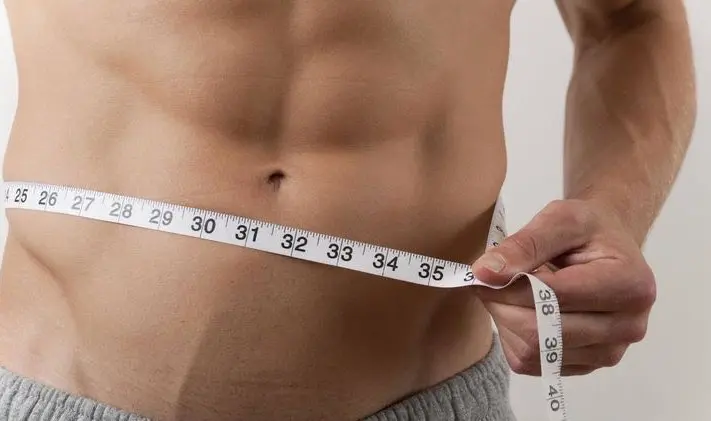
Belly fat can cause serious health problems over time in men. It is most commonly comprised of visceral fat, which represents a major risk factor for many chronic health conditions, like type 2 diabetes and heart disease. Excess belly fat increases your risk of developing or suffering from high blood pressure, cholesterol, triglycerides and metabolic syndrome.

Keeping belly fat low should be a priority in any man’s health and fitness regime. Excess belly fat even in those who appear lean can lead to the above health risks, so even common measurements like BMI can miss it.
The most important thing you can do is measure your waist circumference and track your bodyfat percentage as you train.
If they stay within reasonable limits, or if they decrease over time, you are on to a good thing.
It can be difficult to shift belly fat. Men, in particular, tend to retain fat in the belly region even as they shift it elsewhere, meaning that they will likely have to get down to a moderate to low overall body fat percentage to see any real change.
However, with a few simple changes to your lifestyle, it needn’t be too complicated – if not necessarily easy.
Below, we’ll look at what causes men to retain belly fat, and what can be done about it – what you can do about it, today, to bring about a positive change.
Muffin tops and spare tyres are simply made of excess abdominal fat. It can be one of the most difficult areas for men to lose weight from, leading to a great deal of frustration and often longer-term health complications.

There are a few different reasons that a man might find their fat levels around their stomach and waist reaching excess levels.
Firstly, we have the usual culprit behind any excess fat levels – an imbalanced equation.
If you’re eating more calories than your metabolism demands, you will put fat on. This will be in part global, meaning that your whole body will put weight on.
This imbalance can be down to a lack of activity, to an unhealthily large caloric intake or, most often, a combination of the two.
We will cover this below, but you will need to rebalance this equation if you’re ever to lose weight.
Stress can also be a large factor in fat retention – which, again, we will see how to remedy shortly.
Men tend to store a fair amount of visceral fat alongside subcutaneous fat.
Subcutaneous fat is one thing – it is the fat just beneath your skin, that you can pinch with skinfold callipers and that will be behind a ‘muffin top’ physique. It’s bad enough.
However, visceral fat is often far more dangerous and harder to spot. It stores deep within your abdomen and organs, including your stomach and intestines.
It can produce cytokines, or inflammation, that can damage those organs, and can be present even in those who look skinny.
You need to eat healthily and engage in regular exercise to make sure that you don’t accrue an unduly large amount of either visceral or subcutaneous fat.
Follow these twelve tips to make sure that you keep belly fat levels down, and with them, your risk factors of developing many of the associated health concerns.

This is the most important one – no fancy bells and whistles, nothing too complex. Simply balance that equation.
To maintain your current weight, eat as many calories as you burn. To lose weight, build a caloric deficit into your diet.
To lose 1lb / 0.5kg of bodyfat per week, maintain a daily deficit of 500 calories. To lose 2lb / 1kg per week, maintain a daily deficit of 1000 calories.
To work out your metabolic needs, use an online calculator. Then simply deduct 500 calories from the result.
A food diary or a food tracking app will be invaluable – you will be able to easily track your calorie intake and adjust it as needed.
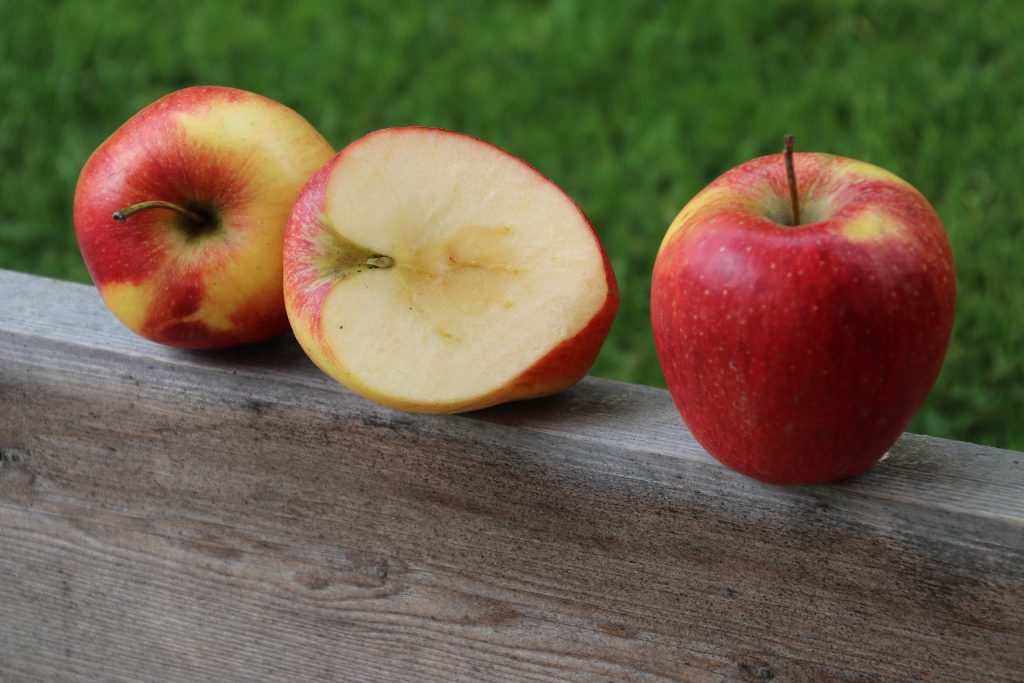
When you have worked out how much you need to eating, you need to work out what this is made from.
A decent amount of your dietary intake should come from soluble fibre – this absorbs water and slows down food as it passes through your digestive system.
Aside from aiding in better digestion, this will also help you to feel fuller for longer, which will help you to eat less should you need to maintain a caloric deficit.
Soluble fibre is also thought to directly aid in reducing belly fat. You can expect something around a 3-4% decrease in belly fat gain over a five year period with every 10 grams of soluble fibre you eat each day.
Good sources of fibre include:
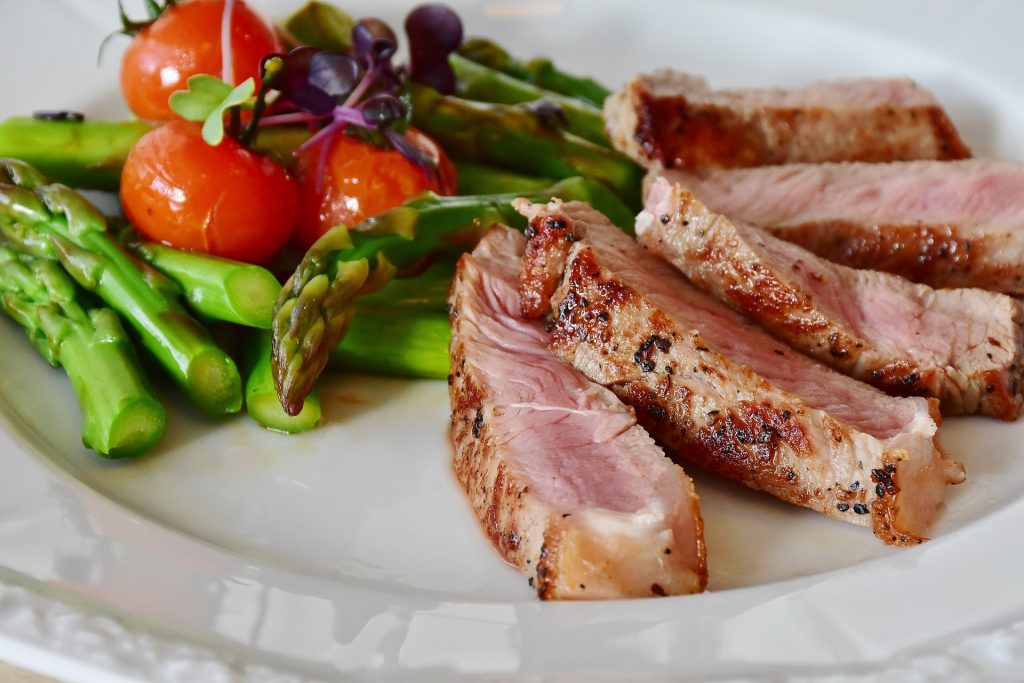
Protein is vital for weight management and body recomposition (losing fat and gaining muscle).
High protein intake has been linked to greater muscle mass development and retention, especially in those with active lifestyles.
This will make you more metabolically active, meaning that you burn more calories at rest, leading to greater weight loss at any given caloric intake.
Protein is also great for satiation and feelings of fullness. It promotes the release of the hormone PYY, which decreases appetite whilst making you feel fuller.
Try to include a healthy protein source with every meal. Good sources include:
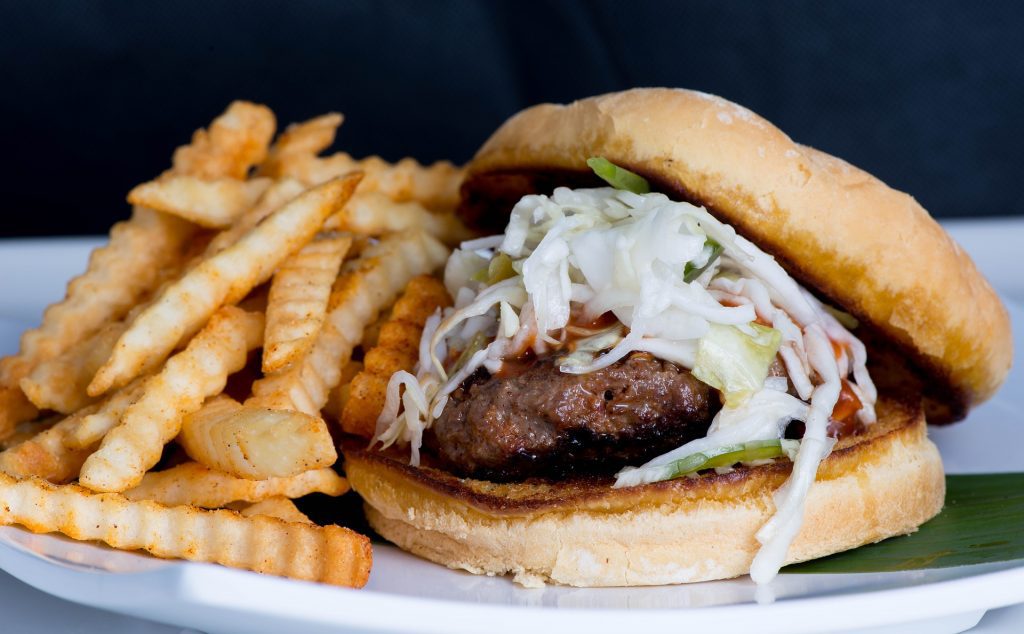
We want ‘good’ fats in our diets – I’ll lay out some good options for you a little later on.
We also want to reduce our intake of ‘bad’ fats – read ‘trans fats’.
Trans fats are common in fast food and ready meals, as well as in many sandwich spreads and margarines.
They are created by the addition of hydrogen to unsaturated fats.
They have been linked to an increase in inflammation, heart disease, insulin resistance, as well as abdominal fat gain.
Read ingredients lists carefully before buying anything ready-made. If a product lists trans fats or partially hydrogenated fats, put it back, steer clear of it and move on.
The best way to ensure your diet is free of them is to prepare as much of your own food as possible, from base ingredients.
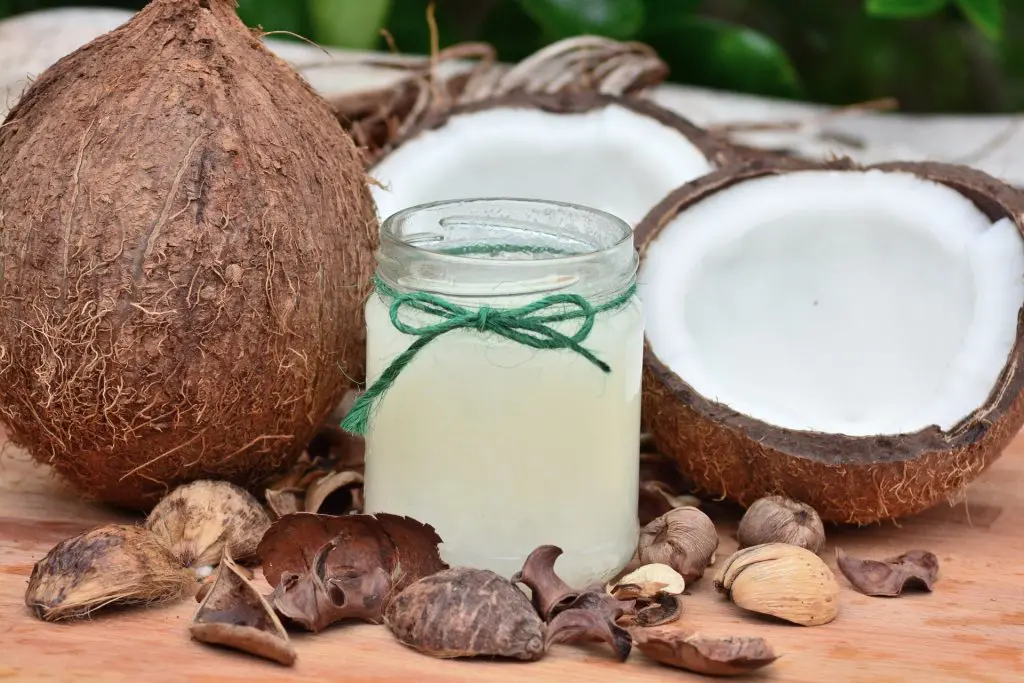
Coconut oil is amongst the best fat choices you can make in your diet. The medium chain fats they boast can improve your metabolic rate whilst decreasing the amount of fat your body stores. Some data also suggest that it can lead to abdominal fat loss.
Obese men who take coconut oil have been shown to lose an average of nearly 3cm from their waistlines over a twelve week period, with no other changes to their diet being put in place.
Don’t bring coconut oil into your diet as an additional supplement. It is very high in calories and total fat content, so this would make it hard for you to maintain a calorie deficit. Rather, swap out other forms of oil in cooking for it.

We all like a nice pint every so often, but this is where it should stop – every so often.
There are actually a few health benefits to be made from drinking alcohol in moderation. This is especially the case when you enjoy a few drinks with friends, profiting greatly from the mental health benefits on offer.
However, too much alcohol can lead you to gain unwanted belly fat.
This is in part due to the caloric load. A pint of beer can contain anything from 100-200 calories, and wines and spirits will contain similar amounts per measure.
These calories are also made of pure sugar, which will spike your insulin, and alcohol can sway our hormonal balances to be suboptimal for maintaining healthy body weight.
Observational studies have also shown a possible explicit link between alcohol consumption and the development of central obesity – obesity in which the excess fat is stored around the waist and belly.
If you consume fewer than one drink per day, you will be statistically far more likely to have less belly fat than those who drink more, even if they drink less often.

Generally, you want to find a way to relax. Stress can trigger the adrenal glands to produce the stress hormone cortisol. High cortisol levels can increase appetite and increase abdominal fat storage.
You should try to limit cortisol production by limiting stress levels. Relaxing mindfulness practices like yoga or meditation can be perfect for this.
Plus, if you choose a more vigorous form of yoga, you can burn some calories and build some muscle at the same time.

You will struggle to be healthy without getting adequate amounts of good quality sleep. It can have a drastic impact on your weight, among other things.
Those who don’t get enough sleep will tend to gain more weight, whilst also likely suffering from higher stress levels (see above).
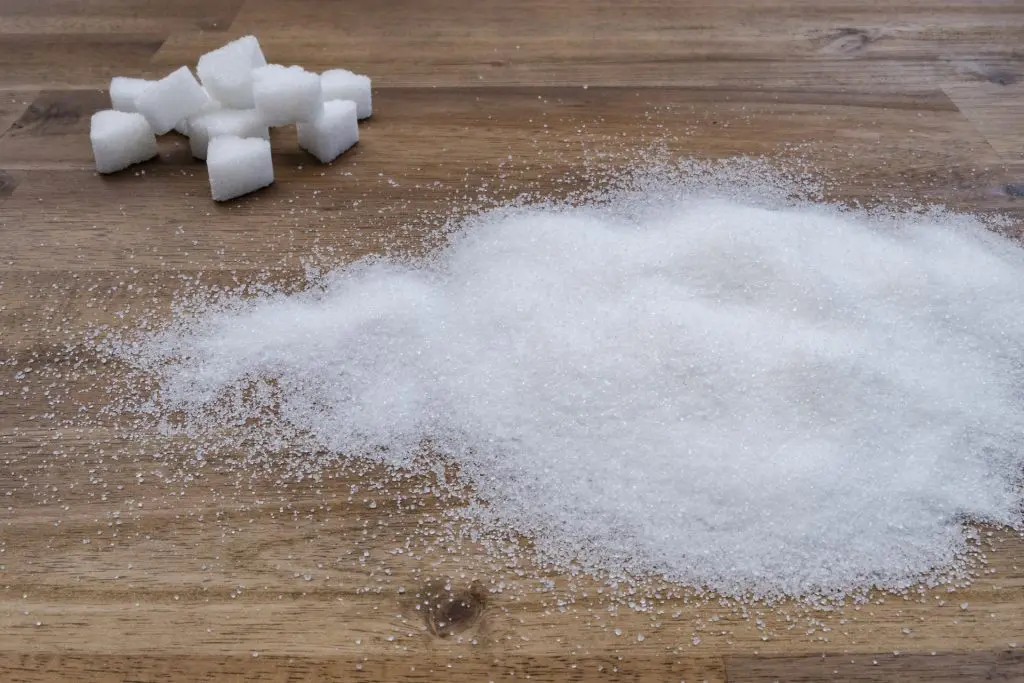
Sugar is generally a big contributor to obesity.
Firstly, it is high impact and easy to eat in large amounts – a can of Coke will deliver 39 grams of it without you even realizing it. That’s close to 160 calories. A Starbucks mocha has about the same amount.
You could unthinkingly therefore ruin your calorie deficit with just a couple of unnoticeable drinks.
In addition, sugar contains fructose. Excess fructose intake has been linked to several chronic diseases, including heart disease, type 2 diabetes, obesity, and fatty liver disease.
There is data to suggest a relationship between high sugar intake and increased levels of abdominal fat.
All sugar should be treated with caution and taken sparingly.

You want to take a well-rounded approach to training in your pursuit of a flatter stomach.
As above, you will likely benefit from some form of relaxing exercise, such as yoga, or whatever else works for you.
In addition, you will want to include plenty of aerobic exercise. It is a very efficient way of improving multiple health markers and burning calories, making it easier to hit that all important calorie deficit.
Frequency and duration of training are more important than intensity with regards aerobic exercise. Aim for a minimum of 150 minutes per week. This can be anything from a fast walk to a heavy sprint.
Finally, resistance training (weightlifting, bodyweight methods such as yoga, Pilates and calisthenics, and some full body aerobic exercises like swimming) should be involved in your program.
It will help you to preserve and gain muscle mass, even as you lose fat, which will help you to maintain a healthy metabolism, among other benefits.
Probiotics are a form of bacteria found in many foods and supplements. They bring about a great many health benefits, including improved gut health.
Many different forms of bacteria play a role in the regulation of weight. Maintaining a healthy balance can optimise weight loss, especially around the belly.
Reach for the supplements, taking in a good range of probiotics every day.
Intermittent fasting (IM) is one of the most potent dietary tools for a range of health and fitness outcomes.
In brief, it gears your hormonal function towards efficiency in both fat burning and muscle building, whilst giving you reliable, consistent energy levels, even in a calorie deficit.
It is also easy to eat in a calorie deficit when following an IM protocol, which typically has you eat everything in a maximum eight hour window (often a lot less), with no caloric intake outside of this.
There are some foods that you should definitely include in your diet on a regular basis if you’re looking to burn belly fat. We’ve mentioned a couple already, but here is our list of 6 of the top belly fat burning foods you can eat.
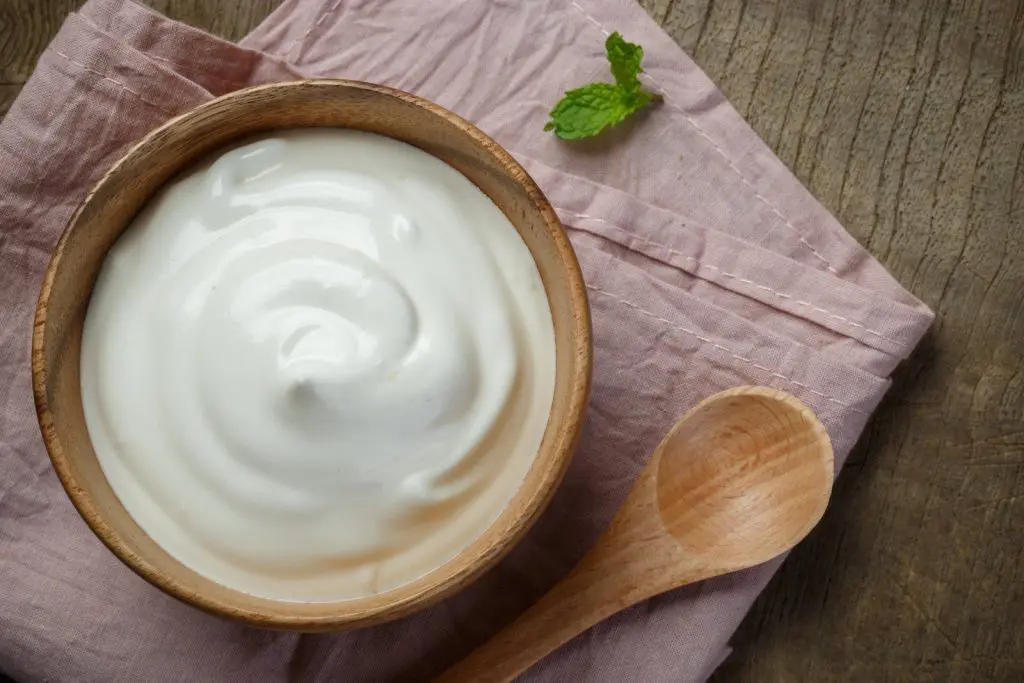
I mentioned probiotics and good bacteria above. Well, you can’t get much better for both than a decent yoghurt. It encourages the growth of good bacteria in your gut.
In addition, yoghurt will be a complex combination of carbs, proteins, and healthy fat which will help to stabilise insulin and thus prevent hunger pangs, and will be slow to digest so will keep you feeling fuller for longer.

An average avocado contains around 20 grams of healthy, mono-saturated fats, which help to stop the blood sugar spikes that generally signal your body to store fat around your belly.
These healthy fats also aid our bodies’ absorption of carotenoids, cancer-fighting compounds found in colourful fruits and vegetables like tomatoes, carrots, spinach and pumpkin.
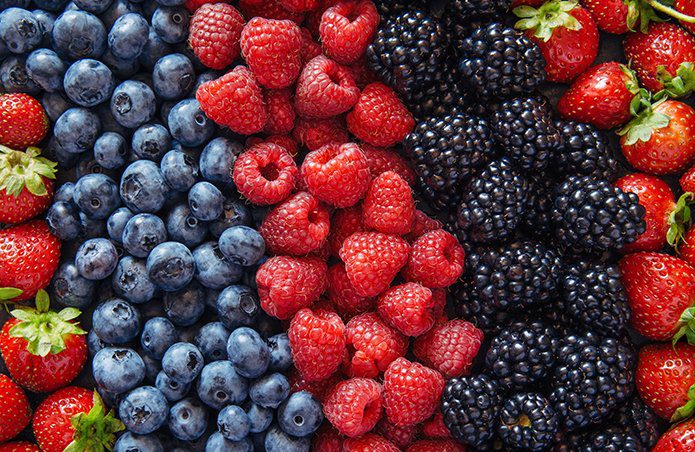
Berries are rich in antioxidants, which can drastically improve blood flow, amongst other health benefits.
This will lead to an increase in oxygen delivered to the muscles. This, in turn, will make your muscles more effective during training, aiding your weight loss journey.
It will also make those abs more defined when your body fat comes down low enough.

Green tea has a minor positive effect on your metabolic rate, increasing it whilst giving you energy. The compound ECGC in the tea also makes it easier for your body to burn fat.

The vitamin C found in colorful citrus fruits like oranges and lemons can help you to burn up to 30% more fat during exercise.
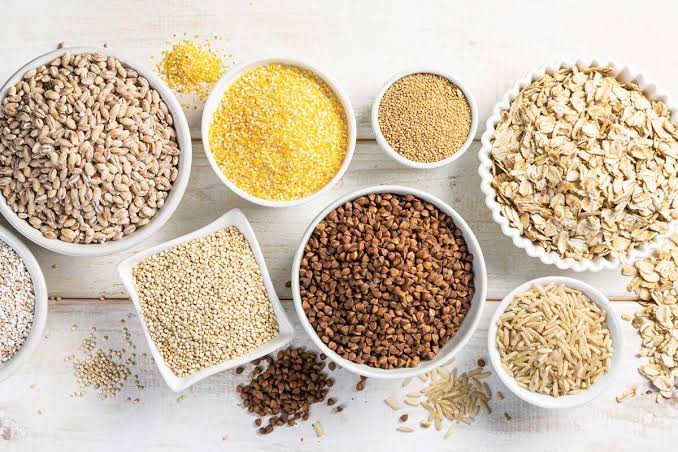
I said you needed plenty of fiber – well, this is where you’ll get it.
The fiber found in foods like porridge oats, brown rice and bulgur helps to keep your body’s insulin levels low, whilst allowing for slower-burning, longer lasting energy to keep you feeling fuller and energetic for longer.
So, how do we make all of this actionable?
Let me show you what your first month eating and training for belly fat reduction should look like.
We’ll start with caloric intake. Use a BMR calculator to work out your maintenance calories. For the sake of argument, let’s say it’s 2000.
This means that you would maintain your current weight by eating 2000 calories per day, staying completely stationary every day.
However, this won’t be the case. You won’t be stationary and you’re looking to bring your bodyweight down.
Let’s figure out a fitness regime. I’m going on the assumption that you don’t have one at the moment – that you’re a sedentary individual – for the sake of this plan. If this isn’t the case, then great – maintain your current plan.
We know we want you to perform a certain amount of cardio, a certain amount of resistance training, and something to keep your stress levels down.
Therefore, you are going to go on a 20 minute walk every morning, before breakfast.
In addition, you’re going to go to the gym three times per week to lift weights – this can be free weights on your own, part of a circuit class or similar, or simply a rotation through the gym’s resistance machines.
Doing all of this, we can say that you have a moderate level of activity. On the BMR calculator, you will find an option for moderate, or for ‘exercise 3-4 times per week’.
This will change your caloric need. Now, let’s call it 2600, for the sake of argument.
If you do all of this exercise and eat 2600 calories per day, you will maintain your current weight.
We want you to lose weight. Ideally, we want you to lose 4lbs / 2kg in your first month, which is 1lb /0.5kg per week.
Therefore, you’re going to deduct 500 calories from your intake. Now, whilst doing all of the above exercise, you will be eating 2100 calories per day.
You will lose 4lbs / 2kg in your first month.
Break your calories down into high fiber carbohydrate sources, good protein sources, and good fat sources, as outlined above.
Your belly fat should begin to disappear almost immediately.